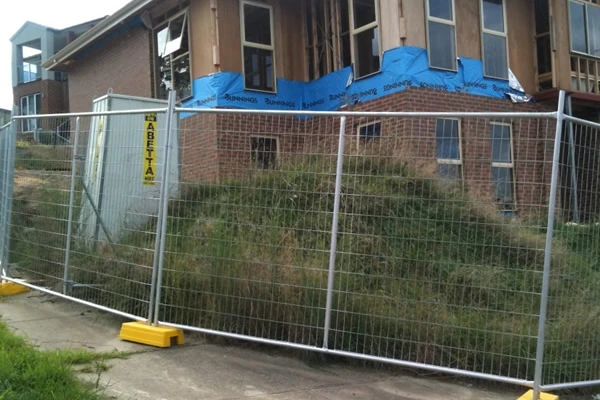 TEL:
+86-13102802206
TEL:
+86-13102802206
 Email:
fencenetting@china.com
Email:
fencenetting@china.com
 Language
Language
 TEL:
+86-13102802206
TEL:
+86-13102802206
 Email:
fencenetting@china.com
Email:
fencenetting@china.com
 Language
Language


Understanding Iron Binding Wire Prices Factors and Trends
Iron binding wire, essential in various construction and industrial applications, serves multiple purposes, including tying rebar, securing structures, and bundling materials. As its usage spans across sectors, the pricing of iron binding wire can significantly impact project budgets and overall costs. Understanding the factors that influence these prices is crucial for stakeholders in the construction and manufacturing industries.
One of the primary determinants of iron binding wire prices is the fluctuation in raw material costs, particularly iron and steel. The prices of these materials can be influenced by global market trends, supply and demand dynamics, and geopolitical factors. For instance, when iron ore prices rise due to increased demand from major consuming countries, like China and India, the cost of production for iron binding wire also escalates. Similarly, sudden disruptions in supply chains—caused by trade restrictions or natural disasters—can lead to price spikes.
Another significant factor affecting iron binding wire prices is the production process. Production methods, including the type of machinery used and the efficiency of manufacturing processes, can vary widely among manufacturers. High production costs often lead to higher market prices. Furthermore, innovation and technology advancements in production can lead to cost reductions that may influence market prices positively.
Market demand plays a pivotal role in setting prices for iron binding wire. For instance, construction booms, driven by infrastructure projects or housing developments, often lead to increased demand for binding wire. Consequently, during peak construction seasons, prices may rise due to heightened consumption. Conversely, during economic downturns, demand may decline, resulting in lower prices. Analysts continuously monitor these trends to project future pricing adjustments.

Additionally, regional variations can significantly influence pricing. Local economic conditions, transportation costs, and tariffs can create disparities in prices across different markets. For example, in regions with high transportation costs, prices may be inflated compared to areas where shipping is cheaper and logistics are more efficient. Moreover, local regulations and standards for construction materials can also affect prices for iron binding wire, as manufacturers may need to adhere to stringent quality controls that could raise production costs.
In recent years, global events such as the COVID-19 pandemic have had lasting effects on supply chains and manufacturing capabilities, which in turn impact iron binding wire prices. Interruptions to production schedules and delays in shipping have contributed to an unstable market, causing prices to fluctuate unpredictably.
As the construction and manufacturing sectors progressively adapt to these variables, staying informed about current trends in iron binding wire pricing is essential. It allows industry professionals to make educated buying decisions, negotiate better contracts, and effectively manage project budgets.
Overall, understanding the complexities behind iron binding wire prices equips stakeholders to navigate the market effectively, ensuring that projects remain on schedule and within budget despite external pressures. Whether one is involved in large-scale construction or small-scale projects, being aware of the factors that drive pricing can significantly impact operational efficiency and cost-effectiveness.